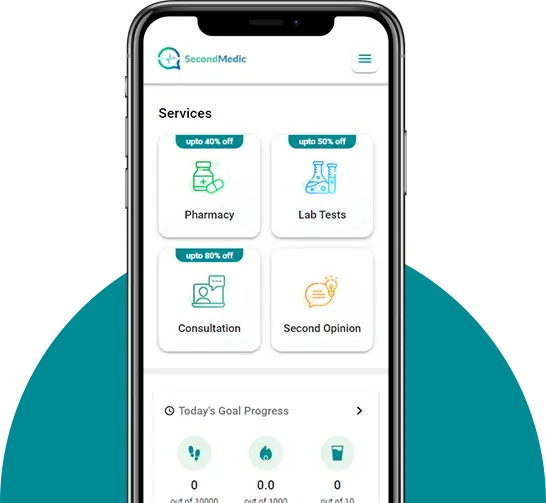Q. What are the common underlying causes of cyanosis in individuals?
Doctor Answer is medically reviewed by SecondMedic medical review team.
Certainly, let's dive into the common underlying causes of cyanosis in individuals.
Cyanosis, in a nutshell:
Cyanosis is a condition where the skin, lips, and mucous membranes take on a bluish or purplish hue due to a reduced level of oxygen in the blood. It's a sign that the body isn't getting enough oxygen to function properly.
Common Causes of Cyanosis:
1. Respiratory Issues: One of the most frequent causes is respiratory problems. Conditions like pneumonia, bronchitis, asthma, or chronic obstructive pulmonary disease (COPD) can lead to cyanosis.
2. Cardiovascular Conditions: Heart problems can also result in cyanosis. Congenital heart defects, heart failure, or severe valvular diseases can reduce oxygen delivery.
3. Cold Exposure: Extreme cold can cause temporary cyanosis in fingers, toes, or the nose due to reduced blood flow to the skin's surface.
4. Medications and Chemical Exposure: Certain medications and exposure to chemicals can lead to cyanosis as well. Methemoglobinemia, for example, can be caused by exposure to specific drugs or toxins.
5. High Altitudes: At high altitudes, the air has lower oxygen levels, which can lead to altitude-related cyanosis in some individuals.
6. Blood Disorders: Conditions like anemia or methemoglobinemia, where the blood's oxygen-carrying capacity is reduced, can cause cyanosis.
7. Other Factors: Smoking, airway obstruction, and even shock can contribute to cyanosis.
The Importance of Prompt Evaluation:
If you or someone you know is experiencing cyanosis, it's crucial to seek immediate medical attention. It's not a condition to be taken lightly, as it often indicates a more profound underlying health issue.
In conclusion, cyanosis is a visual indicator of a lack of oxygen in the blood. Understanding the potential causes, whether respiratory, cardiovascular, environmental, or related to blood disorders, is essential for early diagnosis and treatment. If you or someone you know experiences cyanosis, consulting a healthcare professional is the best course of action for a thorough evaluation and appropriate care.











